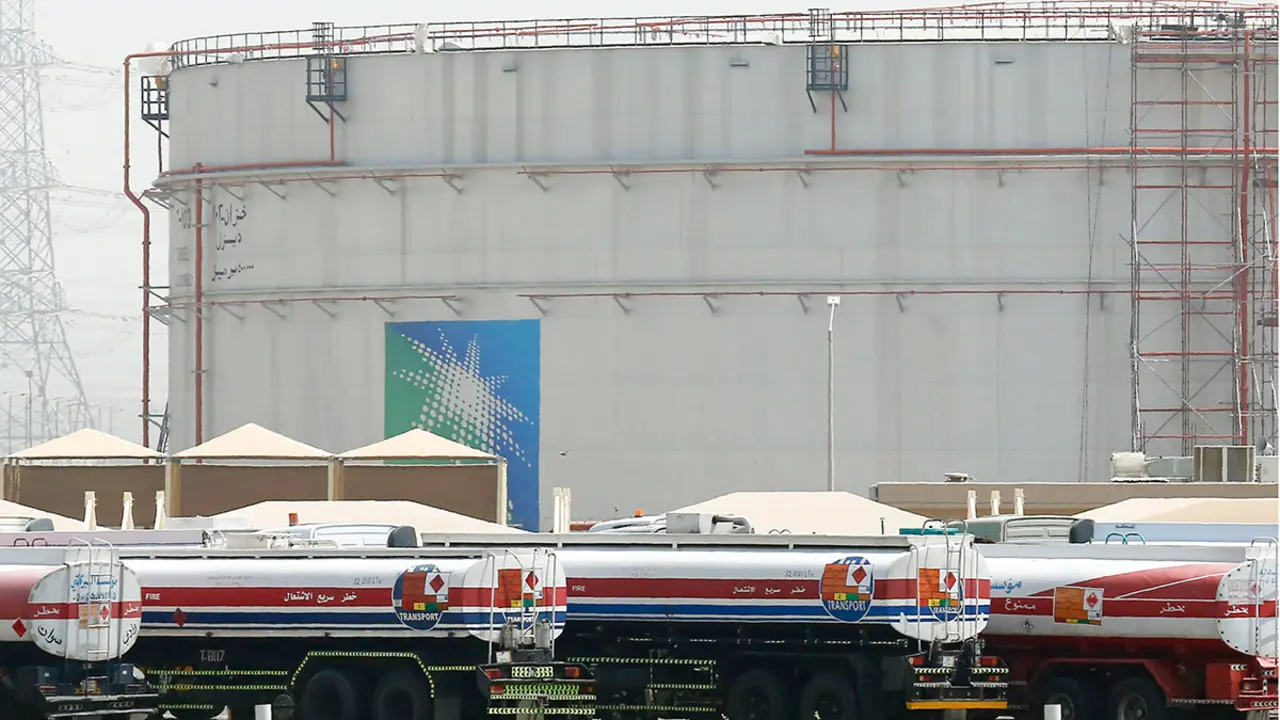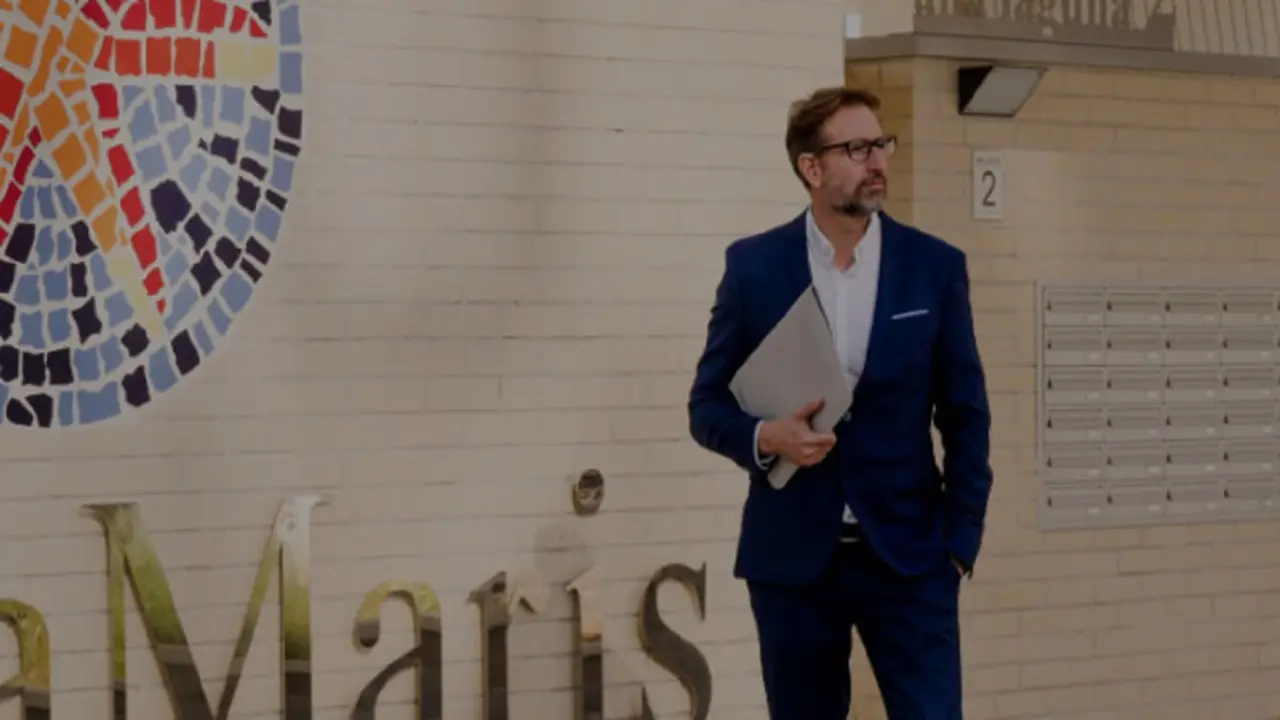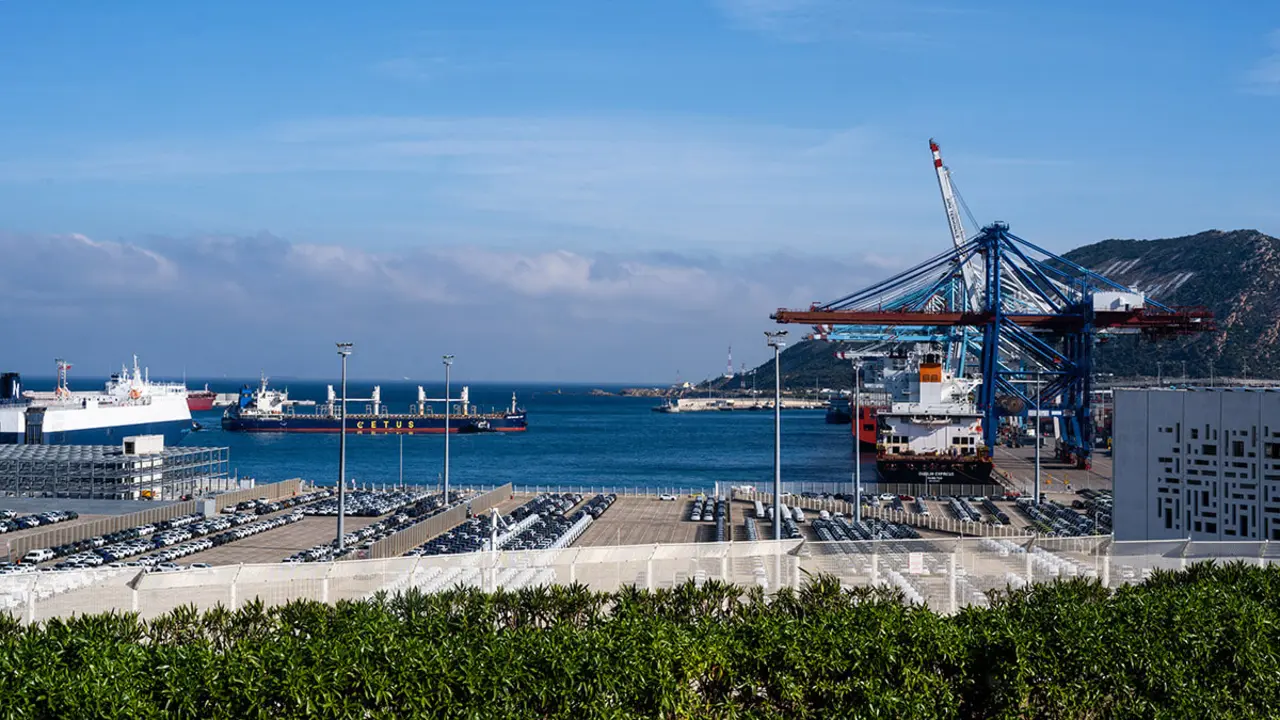Saudi Arabia's tourism sector fastest growing in G20, says UN Tourism Organisation
The country has seen a 73% increase in the number of tourists in the first seven months of the year, compared to the same period in 2019, in line with the objectives of the Vision 2030 plan
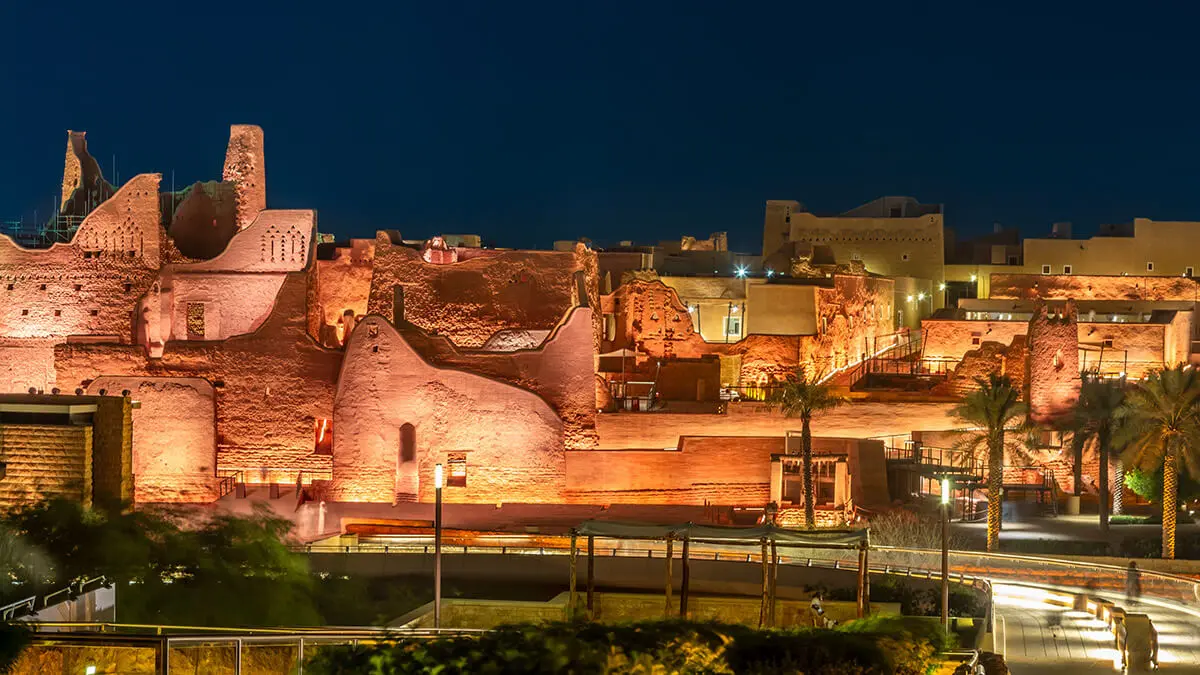
The latest Barometer from UN Tourism (the formerly known as the World Tourism Organization), which collects data from between January and July 2024, has revealed a 73% increase in the number of tourists visiting Saudi Arabia compared to the same period in 2019, the year before the pandemic.
World Tourism Barometer
This barometer, produced by the United Nations agency for tourism, is an international standard for measuring the development of the tourism sector in different regions, and has confirmed the good prospects that the Saudi Arabian government has placed in the tourism sector to increase its contribution to the national economy and reduce dependence on the oil sector, in line with the Vision 2030 strategic plan.
Data from the latest UN Tourism Barometer published so far (January-July 2024) reveals that Saudi Arabia has been the country with the highest growth in visitor numbers among the so-called G20 countries, a major step towards its goal of becoming a global tourism destination.
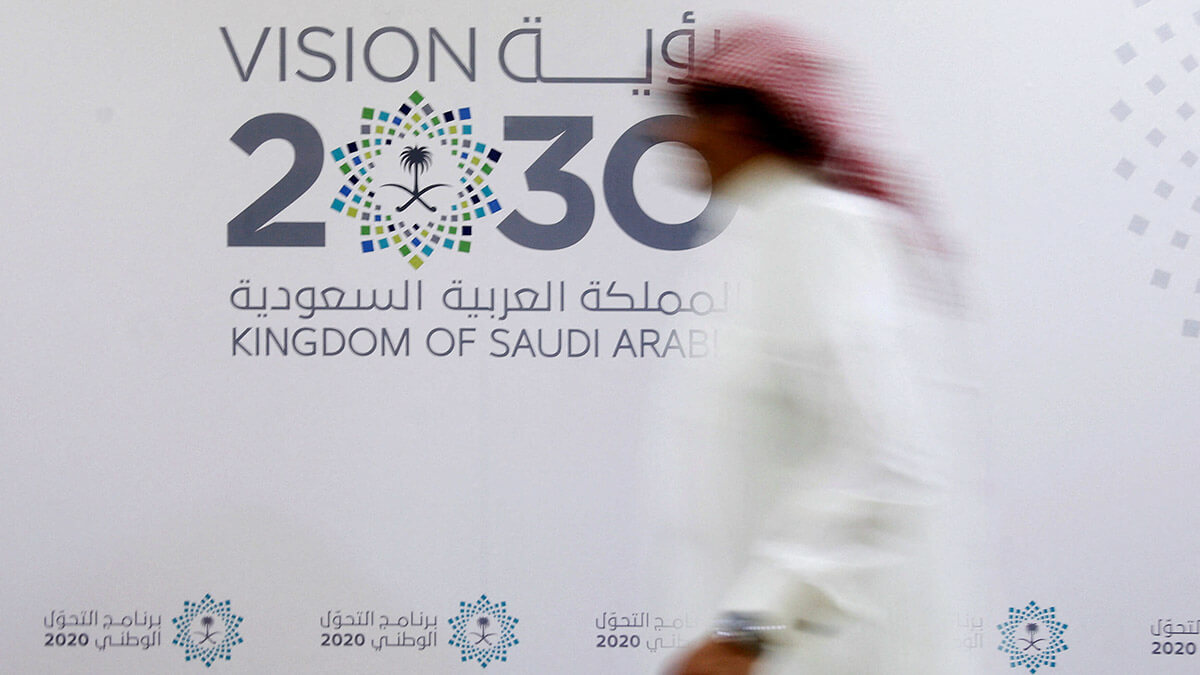
According to the report, the Middle East region has been the fastest growing region in the first seven months of 2024, compared to this same period in 2019. And within the region, Saudi Arabia recorded the highest growth (+73%), behind only Qatar (+147%), which was influenced by the country's global promotion of the 2022 World Cup.
The UN Tourism Barometer attributes this increase in visits to Arabia and the Gulf countries to the simplification of visas (including the expansion of the Saudi e-visa programme), investment in major tourism projects, the increase in air capacity, the intensification of marketing campaigns, the holding of international events and product diversification.
The international organisation expects international tourism to recover to its pre-pandemic level by 2024, supported by strong global demand, improved air connectivity and the continued recovery of China and other major Asian markets.
Tourism in Vision 2030
Tourism is one of the strategic sectors set out by the Saudi Arabian government in its Vision 2030 plan , which aims to decouple the Saudi economy from dependence on oil.
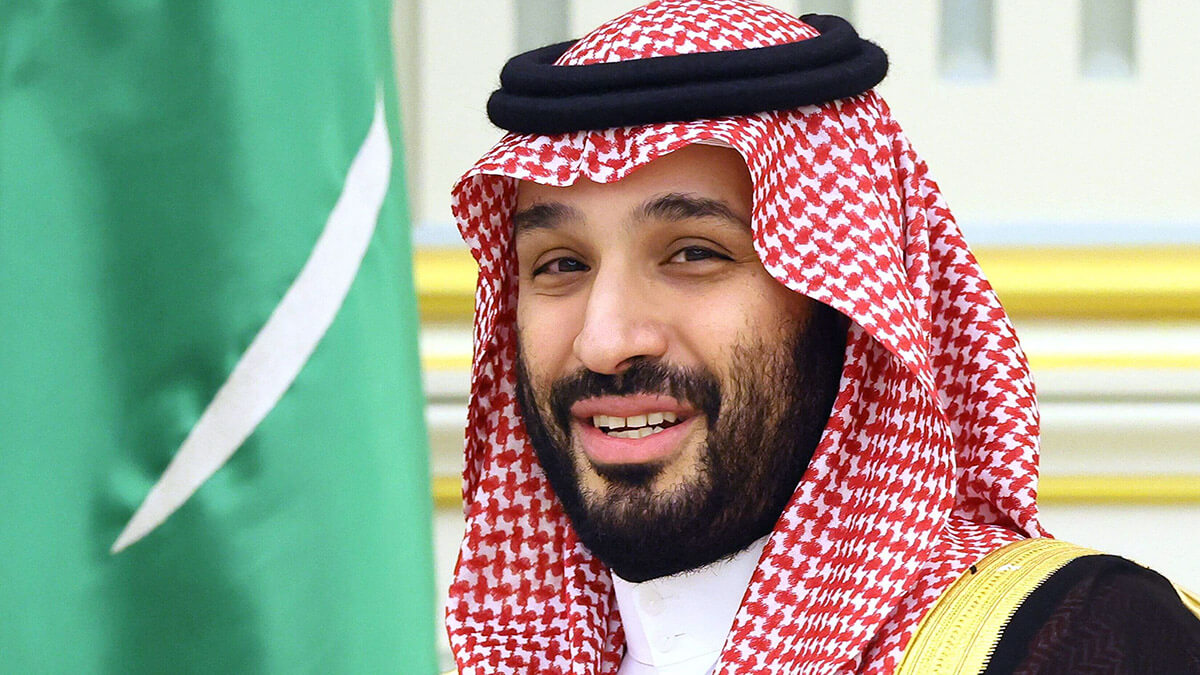
It should be noted that, until three years ago, it was very difficult for foreign tourists to obtain visas to visit the country. However, the reform of the visa system and the implementation of the e-visa has enabled the arrival of 109 million tourists by 2023.
The targets for the tourism sector set by the Saudi Arabian government in its Vision 2030 plan are very ambitious:
- Reach 150 million visits per year.
- Create 1.6 million new jobs in the sector.
- Increase the contribution of the private sector and attract direct investment from abroad.
- Strengthen Islamic and national identity by providing accommodation for more than 37 million pilgrims travelling to Mecca.
- Contribute 10% to the national GDP, to help the Saudi economy grow and diversify.
Saudi Tourism Minister Ahmed al-Khatib recently explained that they expect the tourism sector's contribution to Saudi GDP to reach between $70 billion and $80 billion by 2030, which, as a percentage, equates to approximately 10 per cent. In 2019, tourism's contribution to Arab GDP was just 3%, rising to 4% by 2023.
The Ministry of Tourism is developing major incentive programmes to increase Saudi Arabia's competitiveness as a tourist destination. Among other measures, more than 70,000 new hotel beds are to be created in different regions of the country.
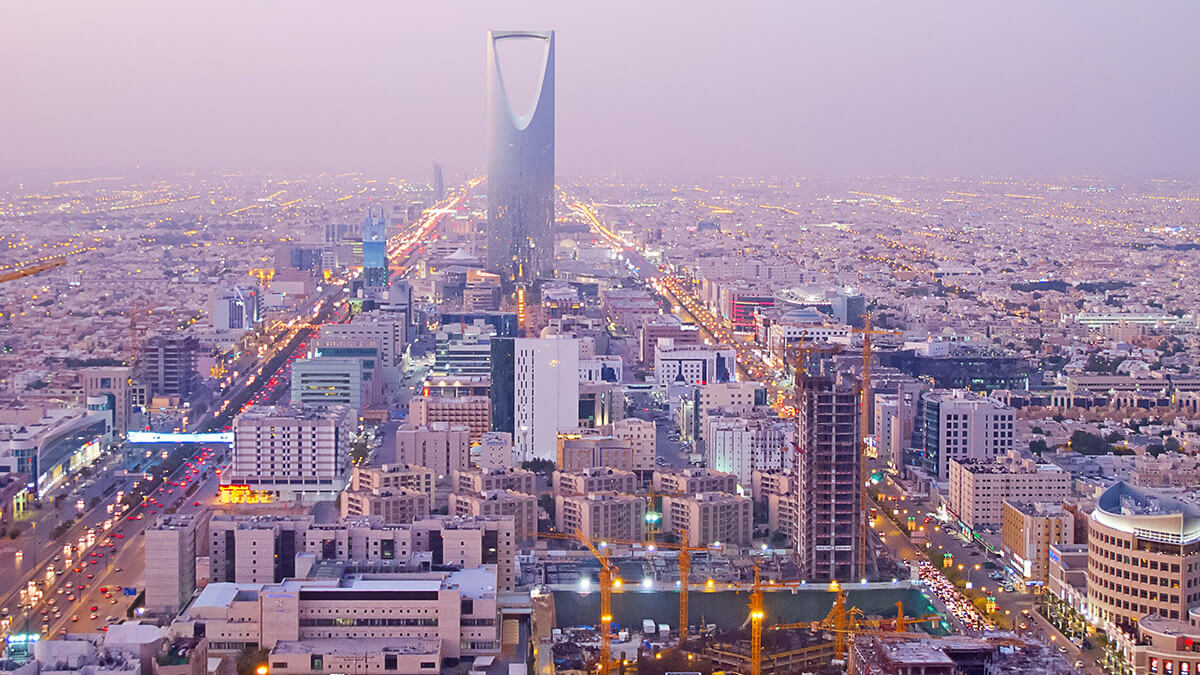
Over the last 18 months,the SaudiTourism Development Fund has financed a total of 25 projects related to the tourism sector, worth close to 4 billion dollars.
Star projects
The Vision 2030 strategic plan envisages the implementation of several major projects in the tourism sector. These include the Neom mega-project in Tabuk province in the northwest of the country, which includes an intelligent linear eco-city (The Line), a floating industrial complex and a luxury tourist resort. Trojena, which will be a new global destination for mountain tourism, combining natural landscapes with urban development; or Amaala, a coastal destination where sustainable practices will be put in place to protect marine ecosystems and biodiversity.
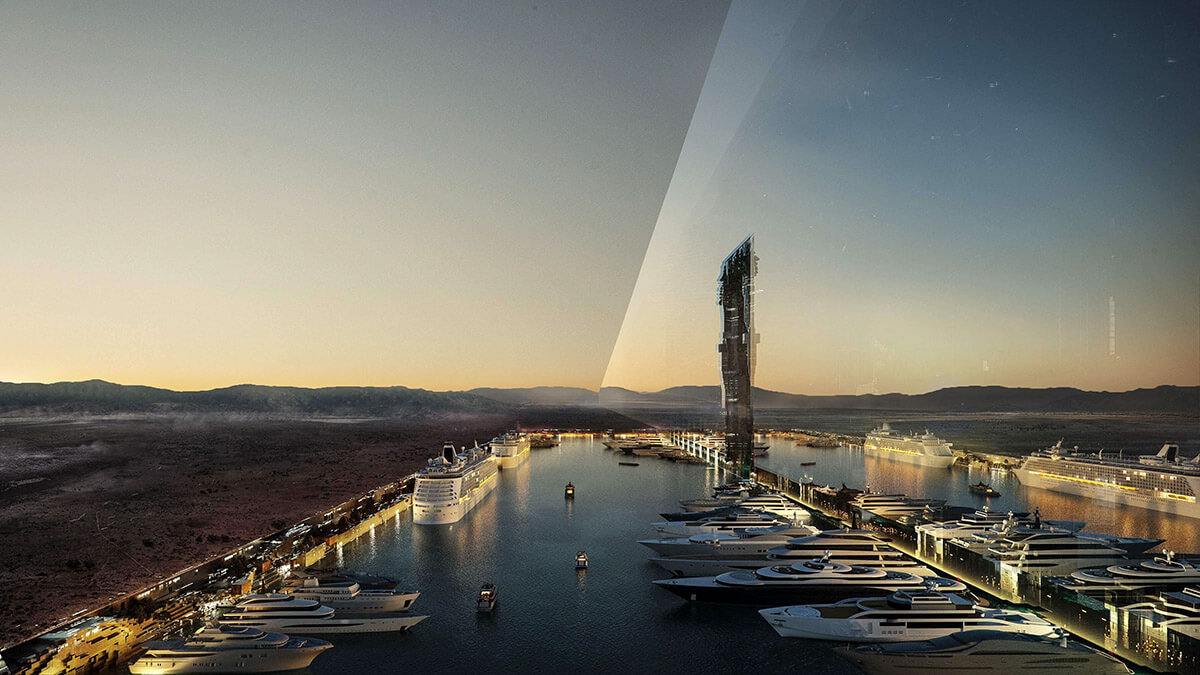
Ambitious plans have also been drawn up for the Red Sea coast, which they want to turn into a world reference for sustainable tourism. Fifty resorts are being built there, with 8,000 rooms and 1,300 accommodations, spread over 22 islands and six inland locations.
World Heritage Site
Along with all these projects, Saudi Arabia has added one more site to the UNESCO World Heritage List, after the incorporation, in 2024, of the cultural landscape of the archaeological site of Al-Faw, located in a strategic place on the ancient trade routes that crossed the Arabian Peninsula.
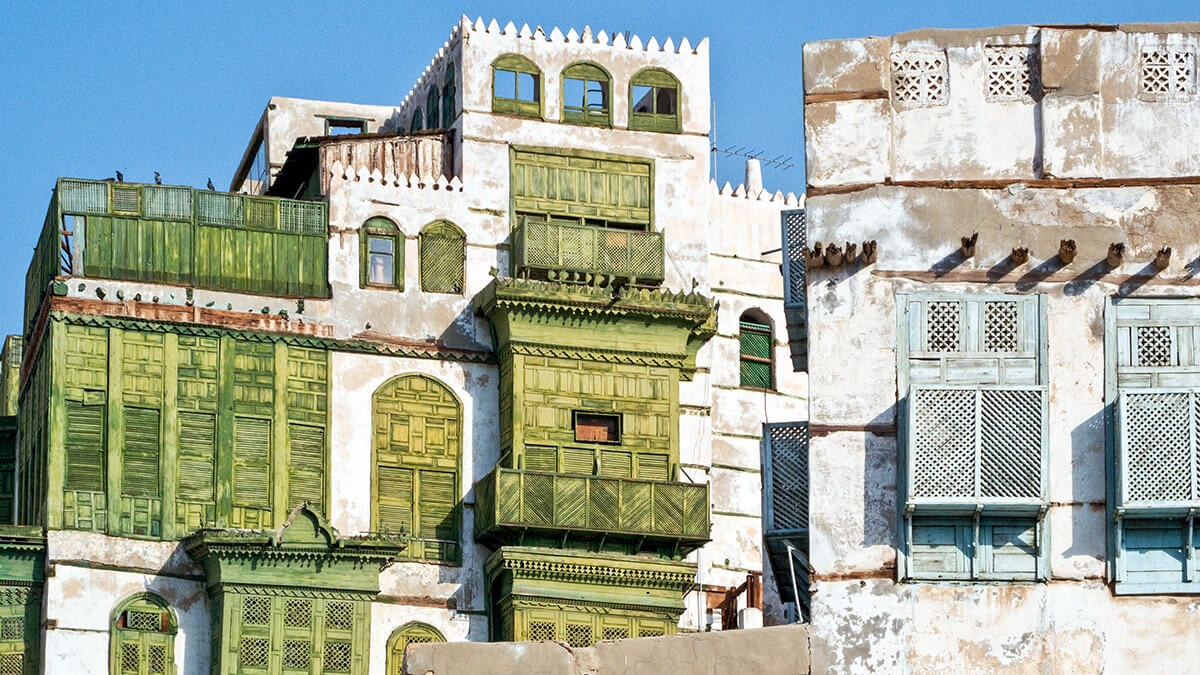
With this addition, Saudi Arabia now has eight World Heritage Sites. The other seven are: the archaeological site of Al Hijr-Madain Salih (2008); the district of At Turaif in ad Diriyah (2010); the historic centre and Mecca Gate of Jeddah (2014); the rock art of the Hail region (2015); the Oasis of Al-Ahsa ( 2018); the cultural area of Hima ( 2021); and the nature reserve of Uruq Bani Maeaud (2023).




